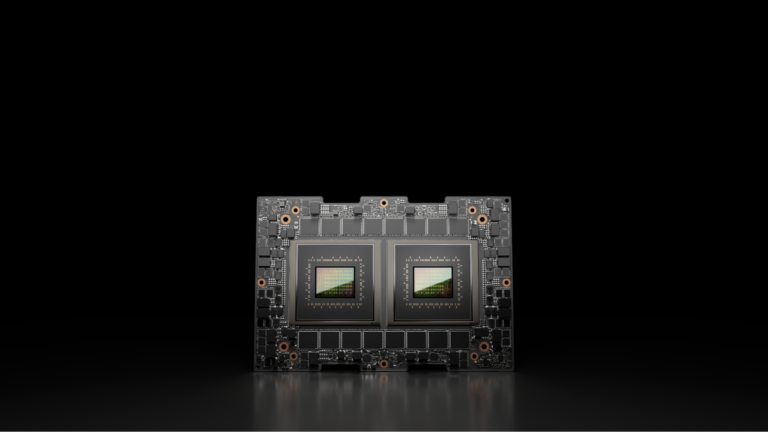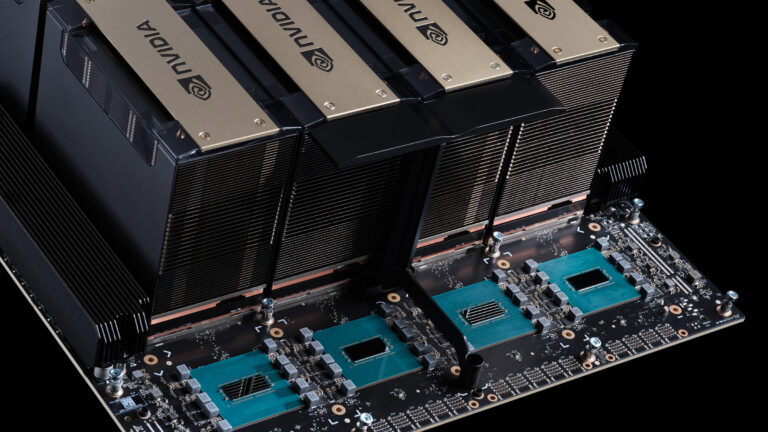Prepare for a devilishly good time this GFN Thursday as the critically acclaimed Diablo IV: Vessel of Hatred downloadable content (DLC) joins the cloud, one of six new games available this week. GeForce NOW also extends its game-library sync feature to Battle.net accounts, so members can seamlessly bring their favorite Blizzard games into their cloud-streaming
Read Article
Welcome, Gradio 5
AI can help solve some of the world’s biggest challenges — whether climate change, cancer or national security — U.S. Secretary of Energy Jennifer Granholm emphasized today during her remarks at the AI for Science, Energy and Security session at the NVIDIA AI Summit, in Washington, D.C. Granholm went on to highlight the pivotal role
Read Article
 NVIDIA designed the NVIDIA Grace CPU to be a new kind of high-performance, data center CPU—one built to deliver breakthrough energy efficiency and optimized…
NVIDIA designed the NVIDIA Grace CPU to be a new kind of high-performance, data center CPU—one built to deliver breakthrough energy efficiency and optimized…
NVIDIA designed the NVIDIA Grace CPU to be a new kind of high-performance, data center CPU—one built to deliver breakthrough energy efficiency and optimized for performance at data center scale. Accelerated computing is enabling giant leaps in performance and energy efficiency compared to traditional CPU computing. To deliver these speedups, full-stack innovation at data center scale is…
 CUDA Toolkit 12.6.2 improves performance and provides new features in cuBLAS, cuSOLVER, and cuFFT LTO libraries.
CUDA Toolkit 12.6.2 improves performance and provides new features in cuBLAS, cuSOLVER, and cuFFT LTO libraries.
CUDA Toolkit 12.6.2 improves performance and provides new features in cuBLAS, cuSOLVER, and cuFFT LTO libraries.
 The continued growth of LLMs capability, fueled by increasing parameter counts and support for longer contexts, has led to their usage in a wide variety of…
The continued growth of LLMs capability, fueled by increasing parameter counts and support for longer contexts, has led to their usage in a wide variety of…
The continued growth of LLMs capability, fueled by increasing parameter counts and support for longer contexts, has led to their usage in a wide variety of applications, each with diverse deployment requirements. For example, a chatbot supports a small number of users at very low latencies for good interactivity. Meanwhile, synthetic data generation requires high throughput to process many items…
 Mathstral, an advanced AI model developed from the ground up, can deliver superior performance for enhanced learning of math, engineering, and science.
Mathstral, an advanced AI model developed from the ground up, can deliver superior performance for enhanced learning of math, engineering, and science.
Mathstral, an advanced AI model developed from the ground up, can deliver superior performance for enhanced learning of math, engineering, and science.
Large language models and the applications they power enable unprecedented opportunities for organizations to get deeper insights from their data reservoirs and to build entirely new classes of applications. But with opportunities often come challenges. Both on premises and in the cloud, applications that are expected to run in real time place significant demands on
Read Article
Image generation models — a popular subset of generative AI — can parse and understand written language, then translate words into images in almost any style.
